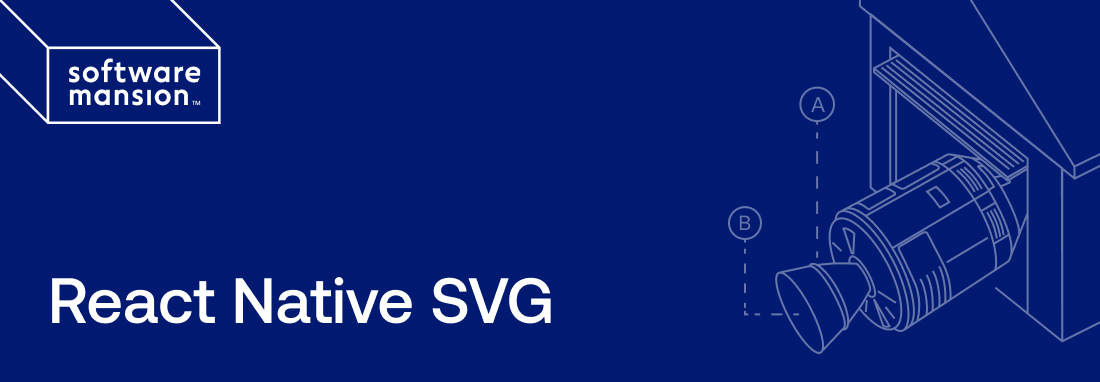Purpose and Functionality
- react-native-svg:
This library enables the rendering of SVG (Scalable Vector Graphics) elements in React Native applications. It allows for the creation of complex shapes, paths, and animations, making it a versatile tool for developers who want to implement custom graphics and interactive visual elements.
- react-native-progress:
This library is dedicated to providing a variety of progress indicators, including circular and linear progress bars. It allows developers to easily integrate visual cues that inform users about ongoing processes, such as loading data or completing tasks, enhancing the overall user experience.
Customization
- react-native-svg:
Provides extensive customization capabilities for SVG elements, including the ability to manipulate shapes, colors, and animations programmatically. This allows for the creation of unique and dynamic graphics that can adapt to user interactions or data changes.
- react-native-progress:
Offers a range of customizable options for progress indicators, allowing developers to adjust colors, sizes, and styles to match the application's theme. This flexibility ensures that progress indicators can be seamlessly integrated into the overall design of the app.
Performance
- react-native-svg:
While 'react-native-svg' is powerful, it can be resource-intensive if not used judiciously. Developers should be mindful of performance implications when rendering complex SVG graphics, especially on lower-end devices.
- react-native-progress:
Designed to be lightweight and efficient, 'react-native-progress' ensures that progress indicators do not significantly impact the performance of the application. It is optimized for smooth rendering, even during intensive operations.
Ease of Use
- react-native-svg:
Although 'react-native-svg' offers advanced capabilities, it may have a steeper learning curve due to its extensive features. Developers need to familiarize themselves with SVG concepts to fully leverage its potential.
- react-native-progress:
This library is straightforward to implement, with a simple API that allows developers to quickly add progress indicators to their applications without extensive setup or configuration.
Community and Support
- react-native-svg:
Boasts a large user base and extensive documentation, along with community-contributed resources, which can help developers troubleshoot issues and explore advanced use cases.
- react-native-progress:
Has a supportive community with ample documentation and examples, making it easier for developers to find solutions and best practices for implementing progress indicators.


